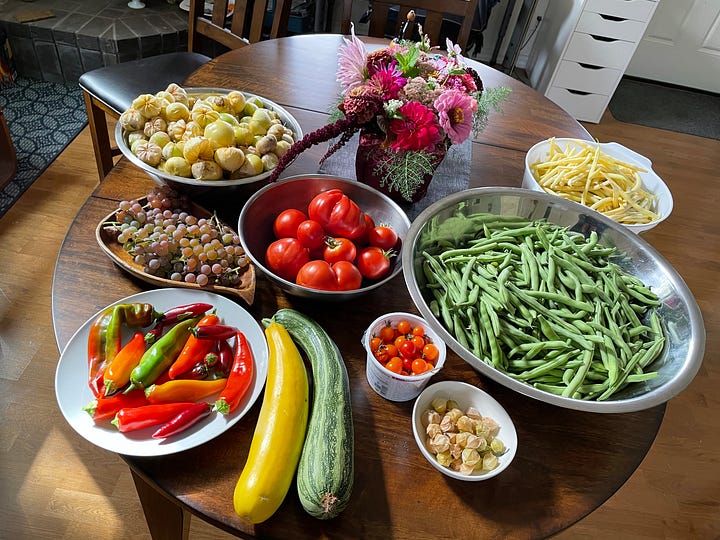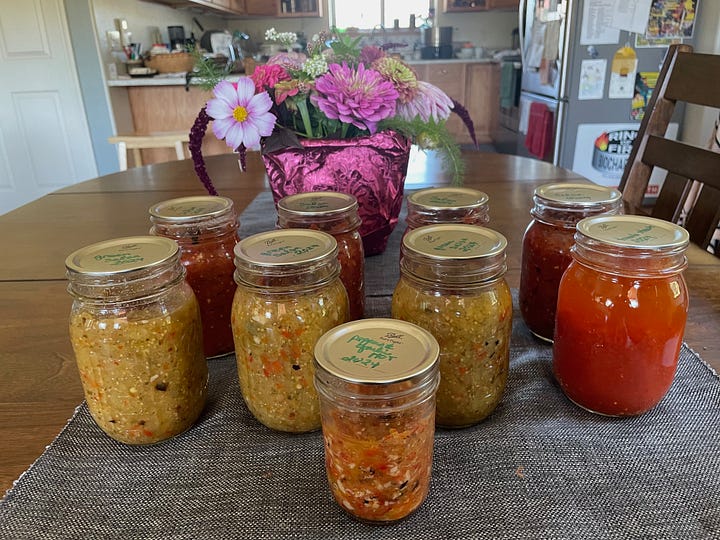The world of biochar has grown a lot since I first got started in it back in 2007. In those early days, the people who were most interested in biochar were soil scientists and those who were concerned about climate change. The potential of biochar to sequester atmospheric carbon was a big driving force, and it still is. This is especially true for the commercial biochar industry, which is finally able to grow with financing help from carbon removal credits.
Biochar is about more than carbon removal, of course, because biochar has so many uses and benefits in agriculture, waste management, environmental remediation and even the built environment as entrepreneurs explore ways to add biochar to cement, asphalt, plaster, plastics, and other materials.
However, rather than divide the biochar world up into different applications, I think it is more useful to focus on the production side. How and where you make biochar has a lot of implications for how and what to use it for, and also for life cycle analysis that needs to be done so we can understand if our biochar really has a climate benefit or not. If we use too much energy to process and transport biomass feedstocks to where they can be turned into biochar, we might not get much net carbon removal benefit from the resulting products.
Another reason to divide the biochar world into segments is to make sure that we adequately address the non-market uses for biochar. I have come to think that there are three kinds of biochar activities:
Commercial biochar that includes all of the possible uses of biochar that someone will pay for, including soil amendments and products
Subsistence biochar that is biochar that farmers, gardeners, and homesteaders make for their own use
Stewardship biochar that is produced in place on the land for use in place to solve various environmental problems
Because biochar is such a big and all-encompassing topic, it can be hard for newbies to wrap their minds around. Breaking up the biochar world into three segments can help people understand what biochar does, how it works, and how they might want to get involved.
I have worked in all three segments of biochar, and I will have a lot to say about all of them, but right now I am most focussed on subsistence biochar. By right now, I mean this week, or perhaps this season because it is harvest season and I am reaping the benefits of my biochar garden.
Everybody knows that gardening is a lot of work. Biochar actually makes the work a bit easier in some respects. For instance, adding biochar to compost makes producing good compost a breeze. Let biochar do the work of holding moisture and adding air, so you rarely need to turn a compost pile. But the real work of gardening comes about now when we are suddenly overrun with tomatoes, peppers, tomatillos, ground cherries, eggplants, melons, corn, grapes, and cucumbers, to say nothing of zucchini!


Luckily the winter squash, onions, and garlic store well on shelves in the shop, and the potatoes, parsnips, and carrots can stay in the ground until we eat them. Cabbages, broccoli, kale, and lettuce remain in the garden and it least some of it will survive the frost and snow and give us fresh greens all winter.
But the summer veg? It needs to be harvested, canned, pickled, dehydrated, and frozen NOW. Luckily my garden partner, Kate, is a wiz at cooking and canning, but we are both working flat out to get this done. This is what subsistence is all about. This is also what nutrient dense food and real health are about.
Commercial agriculture can produce good, healthy food, but it is getting harder and harder to find. I won’t go into all the problems with our food system right now, but I will just note that until recently, almost everyone produced their own food. Even today, a recent estimate found that of the more than 608 million farms worldwide, family farms produce about 80% of the world’s food and farms smaller than two hectares produce about 35% of the world’s food.
The term “subsistence” implies living close to the bone, without access to the market economy, but when it comes to food, subsistence could mean access to quality that you won’t find in the market. If you want healthy, nutrient dense food today, your best bet may just be to grow your own.
Please, if you want to learn more about practical biochar tips and tricks for growing your own food, or you are interested in stewardship biochar for restoring natural ecosystems and biodiversity, check out some of my links below:
Pre-register for Kelpie's Practical Biochar Course on Regenerative Living
The Biochar Handbook by Kelpie Wilson now available for order
Order your Ring of Fire Biochar Kiln: RingofFire.earth
Check out my YouTube channel: www.youtube.com/@KelpieWilson
Subscribe to The Biochar Prepper:





I’m a subsistence char person, making it for my compost and garden. In 2015 I began using Josiah Hunts Biochar mix and after a couple of years brewing in the soil, my plants exploded. Each year they seem to get better and my watering is less. I add it to my compost toilet and compost too. At times I do add char to the forests that surround us. I’m striving for fungal compost. My composting is at another level now and I stopped turning it twenty five years ago. That’s a lot of work. My neighbors say that I have gourmet compost.
Ken